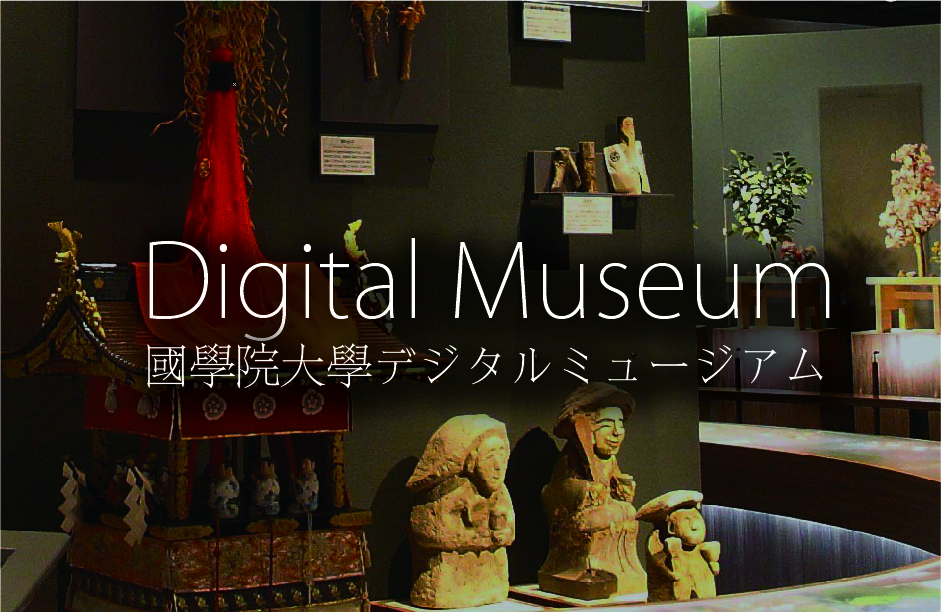Encyclopedia of Shinto
| Main Menu: | |
| Links: |
詳細表示 (Complete Article)
| カテゴリー1: | 4. Jinja (Shrines) |
|---|---|
| カテゴリー2: | Ritual Implements and Vestments |
| Title | Ōgi |
| Text | Originally a fan for cooling oneself; used as an accessory when ritual vestments are worn in Shinto ritual. Unlike the flat and rigid uchiwa, the folding ōgi was invented in Japan, and is found in two main types, the hiōgi made of thin overlapping slats of Japanese cypress (hinoki), and the kawahori, made by fixing a sheet of folding paper to bamboo ribs. Under the present regulations for priestly vestments of the Association of Shinto Shrines (Jinja Honchō), the hiōgi is designated as an accessory for the style of men's formal vestments called ikan (formal court attire with headdress). It is wrapped in a paper sheath (tatōgami) and concealed within the robe. As a rule, women also carry a type of hiōgi called akomeogi when wearing "formal vestments" (seisō, the most formal category of attire) or "ritual vestments" (reisō, the second-most formal category of attire), but they carry a type of kawahori called bonbori with "ordinary vestments" (jōsō). The handling of a fan is known as ōgihō. (See also Seisō, reisō, jōsō.) — Motosawa Masashi |





